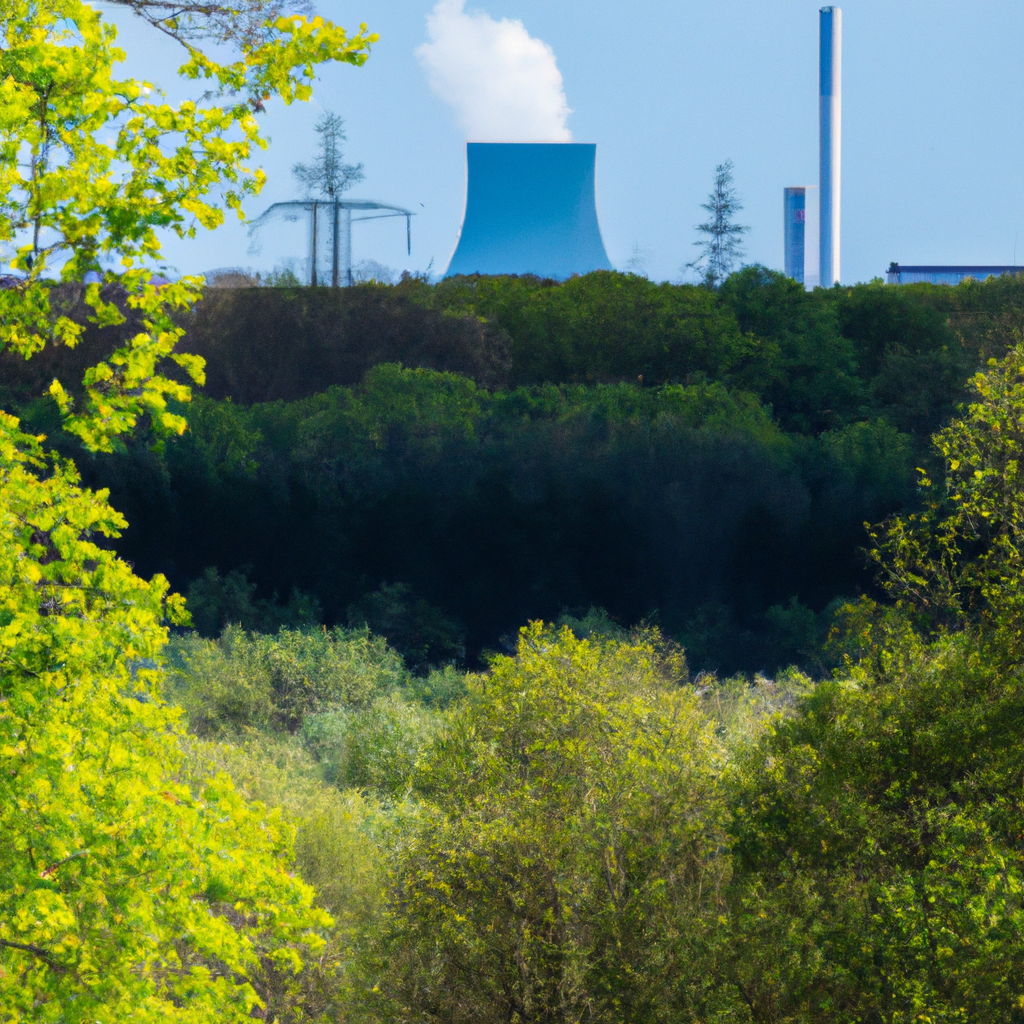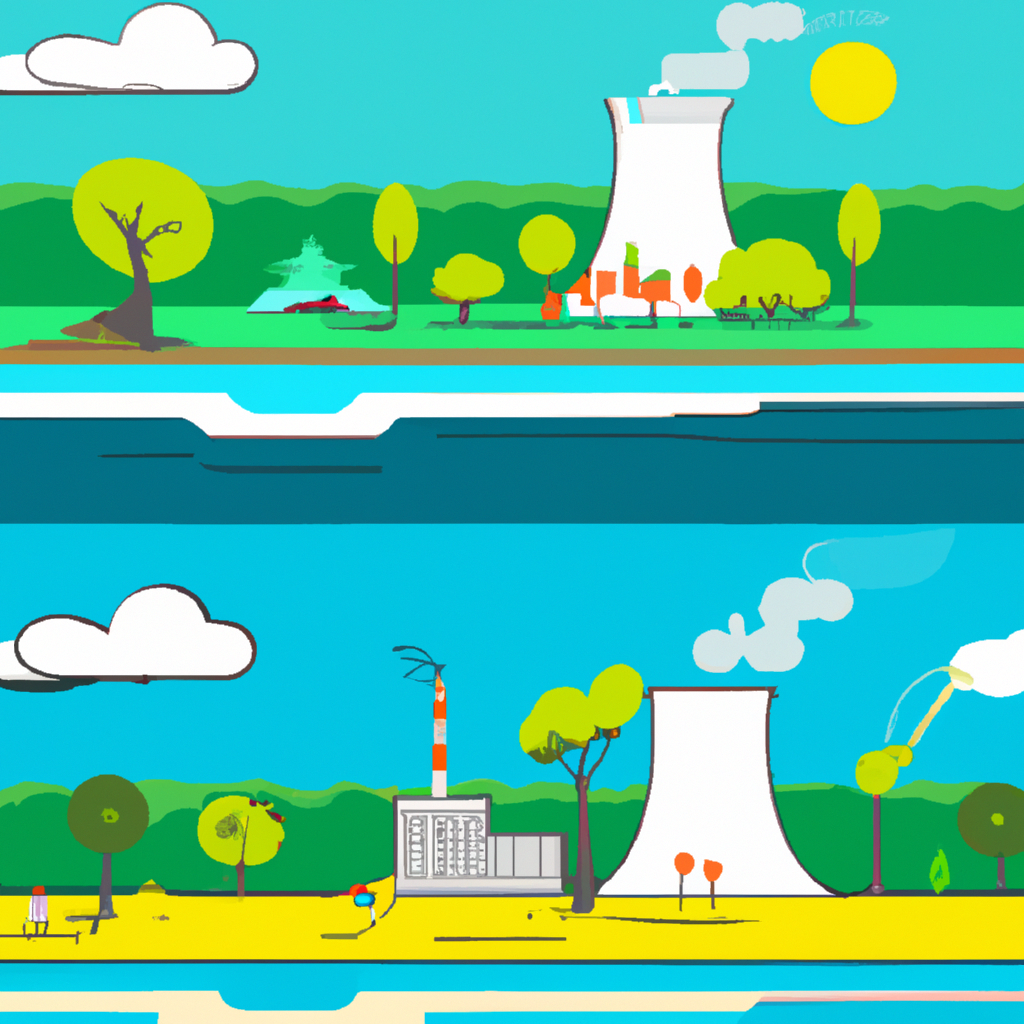The European Commission has recently outlined its plans to establish a European Hydrogen Bank (EHB) to support and stimulate investment in sustainable hydrogen production. This move is seen as a major contribution towards the EU’s ambitions of ending its reliance on Russian fossil fuels and achieving climate neutrality by 2050 [1].
The Current State of Hydrogen in Europe
At present, hydrogen only accounts for less than 2% of Europe’s energy consumption and is primarily used for the production of chemical products such as plastics and fertilisers. Unfortunately, 96% of this hydrogen is produced using natural gas, leading to significant amounts of CO2 emissions [2].
The European Green Deal
The establishment of the European Hydrogen Bank is part of the European Green Deal, which aims to reduce greenhouse gas emissions and prepare Europe’s industry for a climate-neutral economy. Hydrogen has been identified as a crucial factor in achieving both of these goals and evolving the region’s energy systems [8]. The Green Deal also includes proposals to revise the Renewable Energy Directive to accelerate the adoption of renewables in the EU and reduce net greenhouse gas emissions by at least 55% by 2030 [4].
The Role of the European Hydrogen Bank
The European Hydrogen Bank will play a crucial role in supporting the development of a sustainable hydrogen economy in Europe. The EHB will provide financing and technical assistance to help companies and projects get off the ground, as well as invest in research and development to drive innovation in the field. This will help to overcome some of the biggest challenges facing the hydrogen industry, such as high production costs and the lack of infrastructure.
The REPowerEU Ambition
The REPowerEU ambition aims to produce 10 million tonnes of renewable hydrogen in the EU by 2030, as well as import an additional 10 million tonnes of renewable hydrogen from third countries. This represents an increase from the 5.6 million tonnes already included in the proposals for the EU’s framework to decarbonise gas markets, which were published in December 2021 [5]. The establishment of the European Hydrogen Bank will play a crucial role in helping to achieve this goal.
Conclusion
The establishment of the European Hydrogen Bank is a significant step forward in achieving the EU’s ambitious goals of reducing greenhouse gas emissions and becoming climate-neutral by 2050. By providing financing and technical assistance to companies and projects, the EHB will help to overcome some of the biggest challenges facing the hydrogen industry and drive the development of a sustainable hydrogen economy in Europe.







